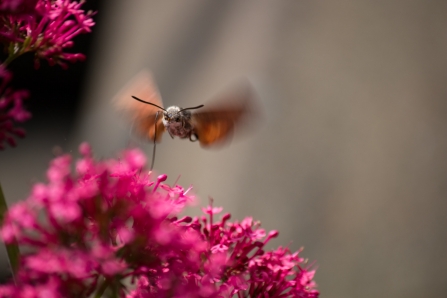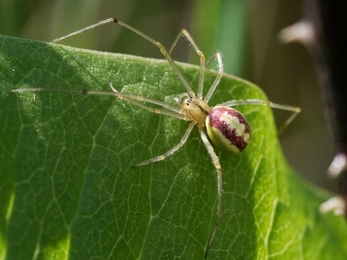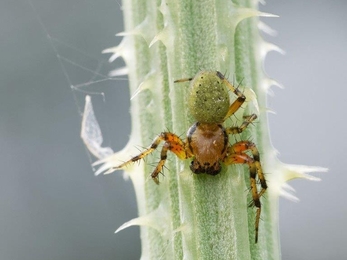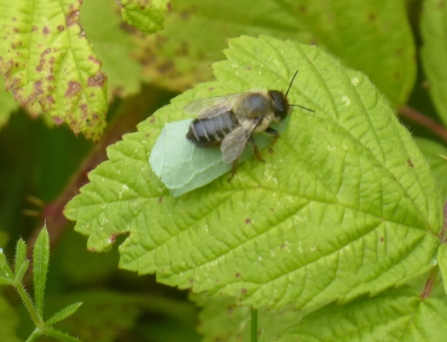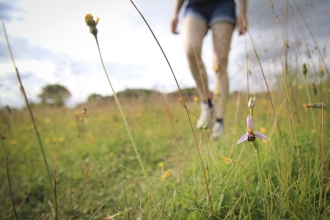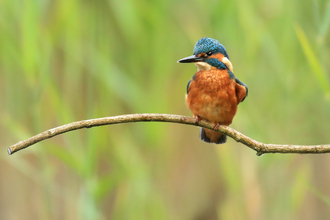Read all about our star spots and, if you’re quick, you may even catch some of them yourself!
Warton Crag
Rare pearl-bordered, small pearl-bordered and high brown fritillaries are undoubtedly the stars of our Warton Crag nature reserve, but the countless other butterfly species on the limestone cliffs aren’t to be missed. Dark green fritillaries have been foraging on the common dog-violets growing on the open patches of sunlit ground we’ve helped to create through woodland coppicing. There are also lots of lovely ringlets on the wing at the moment.


